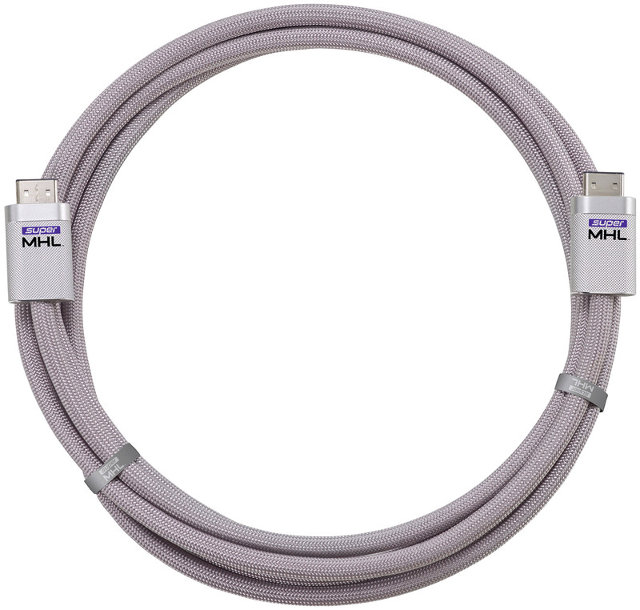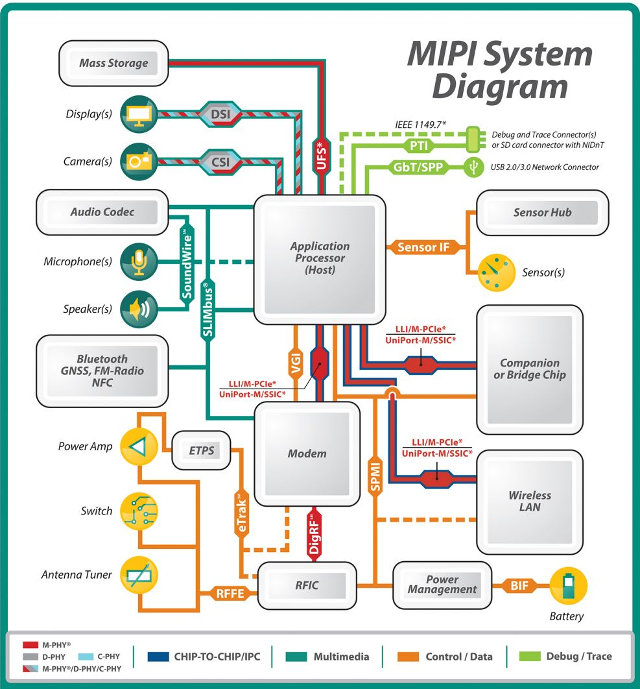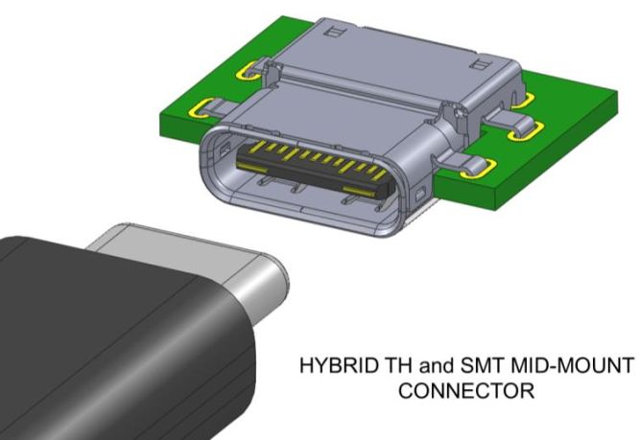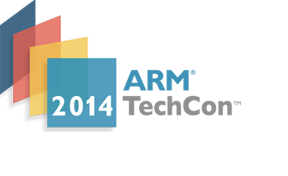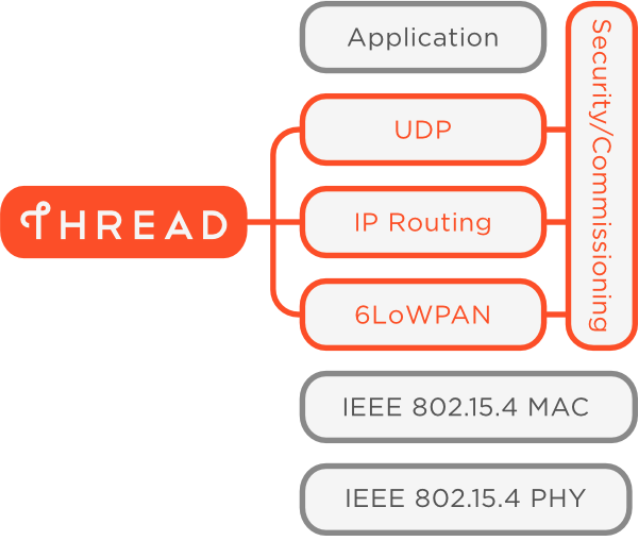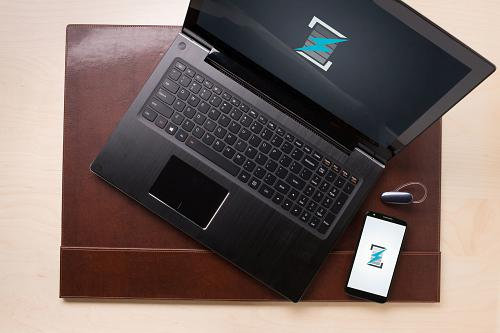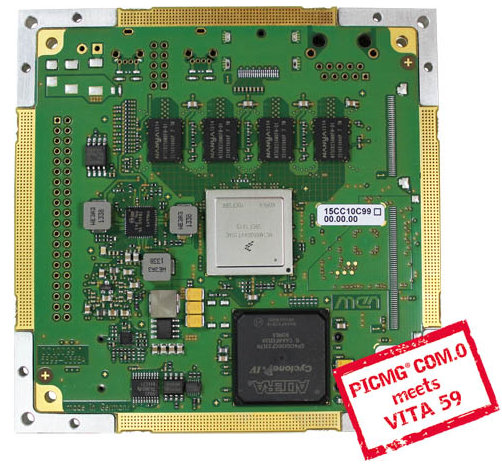As we all just so happen to play with our 4K television… NOT, the MHL Consortium is already preparing for the future with a new superMHL specifications supporting 8K video up to 120 fps, the ability to charge more powerful devices, new audio format support and more. Key features of superMHL specifications: Delivery of up to 8K 120fps video (4320p @ 120 Hz) Deep Color support up to 48-bit color depths Wider color gamut to view content the way filmmakers intended High-Dynamic Range (HDR) support to strike the perfect balance of bright spectral highlights along with shadow details Immersive surround sound with support for object audio such as Dolby Atmos, DTS-UHD, 3D audio, and an audio-only mode Advanced connectivity configurations to link multiple MHL devices together (TV, AVR, Blu-ray player) and control them via one remote Power charging up to 40W Content on multiple displays when connecting a single device […]
SGET Releases embedded NUC Standard Version 1.0 for Embedded Boards
SGET (Standardization Group for Embedded Technologies) had previously released system-on-module standards such as Qseven and SMARC. The group has now published the new “embedded NUC” (eNUC) standard around NUC (Next Unit of Computing) developed by Intel, that defines mechanical and basic technical parameters for multifunctional, small sized and cost effective embedded computer boards. The standard specifies both required and optional features. Minimal requirements are summarized as follows: PCB outline & PCB mounting concept – 10.16 x 10.16 cm (4 x 4 “) board. Other dimensions as shown above. PCB and connectors height are also defined, respectively with 18.6 mm and 24.25 mm maximum heights. Predefined Board Types with minimum interface and feature set: Type 1 (Basic) – At least 1x LAN, 2x USB. and an external single power connector. Recommended features include video out (HDMI, DP,…), 1x SATA, 1xSD slot, audio interfaces, mini PCIe, etc… Type 2 (Connectivity) – At […]
MIPI Introduces SoundWire Audio Interface for Mobile Devices
MIPI (Mobile Industry Processor Interface) Alliance is a non-profit corporation that establishes standards for hardware and software interfaces in mobile devices. MIPI is better known for its MIPI DSI (Display Serial Interface) and CSI (Camera Serial Interface), but as you can see from the diagram below, they’ve been busy publishing a lot more interface specifications. The latest being MIPI SoundWire, a new audio interface for amplifiers, microphones and audio codecs used in smartphones, tablets, mobile PCs and other devices. The consortium only released a “MIPI SoundWire Specification Brief” so there aren’t that many details. SoundWire is not the first audio interface from MIPI, with SLIMbus having been first introduced in 2007, and later updated in 2013 with SLIMBus 1.1. SLIMbus must not have been that widely used, as only Intrinsyc OPEN-Q 8084 Development Kit appears to feature the interface among all the board listed on CNX Software. Nevertheless SLIMBus and […]
USB Type-C Reversible Connectors Specifications Published
We now have all sorts of USB receptacles and connectors, but this is supposed to eventually change thanks to type-C connectors, which are small and robust enough to be used in laptop, computer, smartphones, and other type of devices, and will replace the USB type A, micro and mini USB ports. Type-C connectors will also be reversible, so there won’t be a way to insert the cable upside down. The USB 3.0 Promoter Group has just announced the completion of the USB Type-C specification, and transferred it to the USB Implementers Forum (USB-IF) for ongoing management and the establishment of a compliance and certification program. Key features of Type C specifications include: Entirely new design Tailored for emerging product designs Robust enough for laptops and tablets; slim enough for mobile phones Similar to size of USB 2.0 Micro-B Usability enhancements – Reversible plug orientation and cable direction Supports scalable power charging […]
ARM TechCon 2014 Schedule – 64-Bit, IoT, Optimization & Debugging, Security and More
ARM Technology Conference (TechCon) 2014 will take place on October 1 – 3, 2014, in Santa Clara, and as every year, there will be a conference with various sessions for suitable engineers and managers, as well as an exposition where companies showcase their latest ARM based products and solutions. The detailed schedule for the conference has just been made available. Last year, there were 90 sessions organized into 15 tracks, but this year, despite received 300 applications, the organizers decided to scale it down a bit, and there will be 75 session in the following 11 tracks: Chip Implementation Debugging Graphics Heterogeneous Compute New Frontiers Power Efficiency Safety and Security Software Development and Optimization Software Optimization for Infrastructure and Cloud System Design Verification There are also some paid workshops that take all day with topics such as “Android (NDK) and ARM overview”, “ARM and the Internet of Things”, or “ARM […]
Thread is a New IP-based Wireless Protocol Leveraging 6LoWPAN and 802.15.4 Standards
Wi-Fi is a neat way to connect devices to Internet, but it has two main inconveniences: relatively high cost and power consumption. Luckily there are standards that addresses the cost and power consumption issues. Radio chips based on IEEE 802.15.4, a standard which specifies the physical layer and media access control for low-rate wireless personal area networks, are common place and found in many existing devices relying on higher level wireless protocols such as ZigBee, ISA100.11a, WirelessHART, and MiWi. AFAIK, Zigbee is the most popular of the aforementioned protocols, but is hindered by the requirements of the license for commercial products (annual fee), Zigbee membership requirements conflict with many open source license such as GPL, and the standard suffers from lack of interoperability and IPv6 support, and power requirements that are too high for some applications. So a consortium of seven companies namely ARM, Big Ass Fans, Freescale, Nest, Samsung, […]
AW4P’s Rezence Specifications Now Support Wireless Charging for Laptops up to 50W
At the end of last year I wrote about Rezence, one of the existing wireless charging standards using magnetic resonance, which does not require end-users to perfectly align their mobile devices to charge them properly. At the time, specifications to charge feature phones and smartphone were already available, but the Alliance for Wireless Power (A4WP) was also working on defining the requirements to charge laptops wirelessly. Work is now mostly complete, and A4WP has announced specifications supporting 50W wireless charging capable of charging your laptop, smartphones, and tablets simultaneously by simply placing the device on or close to a charging surface, without having to performance any specific alignment. The organization expects publication and upgrade to the existing Baseline System Specification and certification program by the end of 2014, and they’ve also announced over 100 companies have already joined A4WP including silicon vendors such as Broadcom, Mediatek Intel and Qualcomm, as well as devices manufacturers such as Dell, Fujitsu, Foxconn, Lenovo, Logitech and […]
ARM Based COM Express Modules by MEN Mikro Electronik and Pactron
A few days ago, in a post listing different system-on-module (SoM) standards, I mentioned COM Express standard was targeting SoMs based on x86 processors, and SMARC was the equivalent for ARM. I still understand it’s the case as COM Express standard defines mechanical dimensions that are usually larger than SoM standard for low power processors, some buses found in ARM and x86 are different (e.g. AFAIK LPC and PCI are not found in ARM SoC), and the standard supports high power signals which are not needed in ARM or MIPS processors. Having said that, I’ve been pointed out to two ARM based COM Express modules, which could make sense if you want to use an ARM based module using existing COM Express compatible baseboards. The COM Express modules below feature Freescale i.MX6 and Marvell Armada XP SoCs, and have been designed respectively by MEN Mikro Electronik and Pactron. MEN Mikro […]


